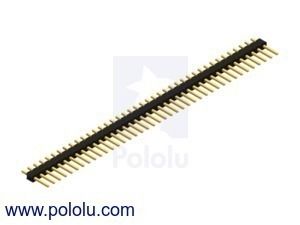I recently got a single-row 40-pin male Dupont connector set similar to this.
The objective, obviously, being to break out the GPIOs without having to solder everything in place manually.
How do you fine folks go about securing the 40-pin bar? It fits very loosely/non-tightly into the row of females.
This is my first foray into the world of crimp-connectors.



